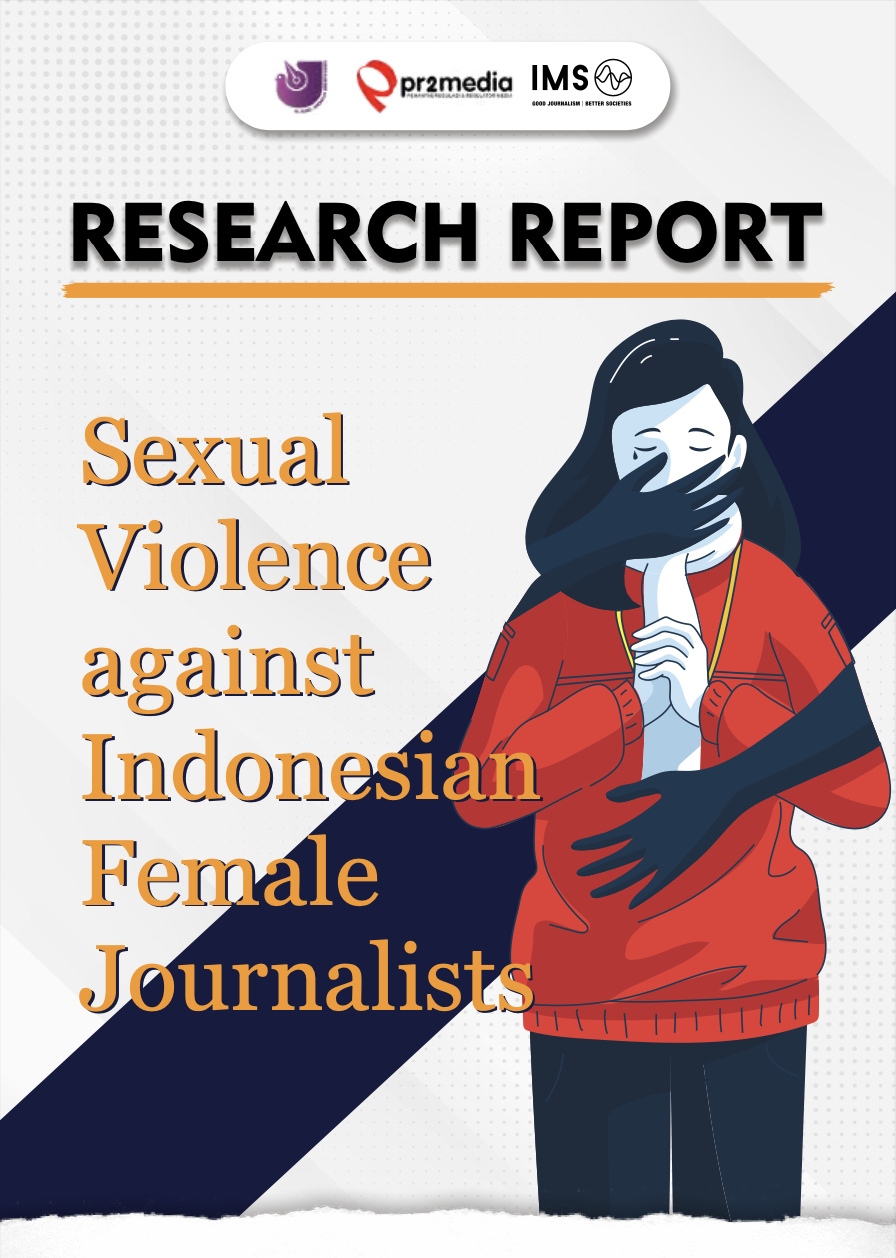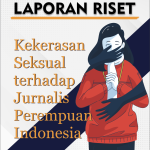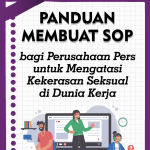Contact Information
Contact Information
Contact Information
Research Report Sexual Violence Against Indonesian Female Journalists

Research Report Sexual Violence Against Indonesian Female Journalists
Research conducted by PR2Media and AJI Indonesia of 852 female journalists from 34 provinces in Indonesia showed that 82.6% (704) of respondents had experienced sexual violence throughout their journalistic careers.
The research, which was conducted from September to October 2022, asked female journalists’ experiences regarding various types of sexual violence, which occurred online and offline, in the office and outside the office, and when carrying out journalistic work.
The types of sexual violence that were asked of the respondents in this research included sexual harassment and sexual assault. Sexual harassment (occurring offline and online) consists of sexually offensive or derogatory comments, body shaming (ridicule/negative comments about body shape), sexual and explicit text messages and audio-visuals, as well as catcalling (sexual harassment through verbal expressions in public places). Meanwhile, sexual assault (occurring only offline) consists of experiencing unwanted sexual physical touch, being forced to touch or serve the perpetrator’s sexual desires, and being forced to have sexual intercourse.
Of the 10 types of violence asked about, the types most experienced by female journalists were (1) body shaming offline (58.9% of the total respondents), (2) catcalling offline (51.4%), (3) body shaming online (48.6%), (4) receiving sexual and explicit text messages and audio-visuals online (37.2%).
Published by PR2Media & AJI Indonesia
Yogyakarta
Jl. Lempongsari Raya
Gg. Masjid RT. 9 RW. 37
No. 88B, Jongkang Baru, Sariharjo, Ngaglik, Sleman DIY, 55581.

